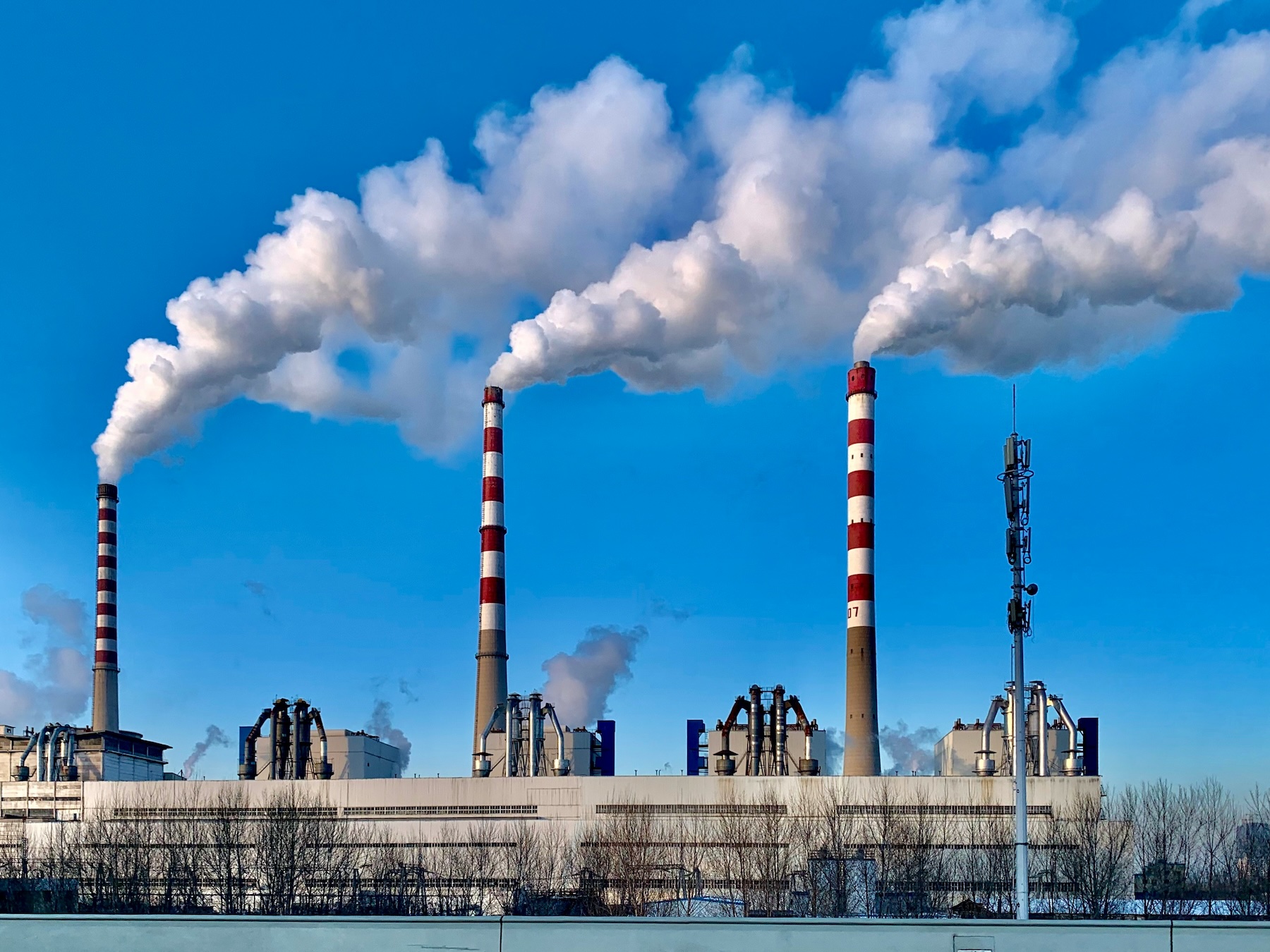
Chevron Corp. has taken preliminary steps to begin building power plants to support data centers, a sector that is seeing booming growth driven by the rise in artificial intelligence (AI).
As a leading energy company, Chevron is well positioned to both build massive power plants and produce natural gas to fuel the facilities. In partnership with American investment firm Engine No. 1, and GE Vernova, the company ultimately plans to build plants that will generate up to 4 GW of electricity, which is enough power to support three million homes.
The new power generation plants are expected to be operational by 2028. Chevron has not specified any customers yet, though presumably the plants will power data centers for hyperscalers such as AWS, Microsoft and Google. The locations will be in the midwest, south and Rocky Mountain regions of the U.S.
As Chevron’s new plants will be powered by natural gas, they aren’t expected to be connected to the electrical grid. This reliance on natural gas should offer relief to an electric grid that, in many parts of the country, is already stressed by the increased demands created by global climate change. Additionally, natural gas is comparatively inexpensive and plentiful in the U.S., so these grids are less likely to raise prices for consumers.
Some of the new Chevron sites may be designed with renewable power as supporting sources of power. As part of this buildout, Chevron has ordered 7 GE Vernova 7HA gas turbines that should go online by next year.
“The customer interest is high,” said Daniel Droog, vice president of power solutions at Chevron, in a recent interview. That may be an understatement: Large technology companies are spending gargantuan sums as AI use has boosted the power demands from data centers.
Amazon plans to invest nearly $150 billion on data centers over the coming 15 years to serve the forecast surge in cloud and AI applications. Microsoft plans to spend $80 billion in 2025 alone on the buildout of data centers capable of handling AI workloads, with more than half of that in the U.S. Microsoft has even hired Constellation Energy to reopen the long-closed Three Mile Island nuclear power plant, a site that’s infamous for the worst reactor accident in U.S. nuclear industry.
Even prior to AI’s surge, data centers were power-hungry facilities, consuming up to 50 times the energy per square foot as the average office building. The greater power demands of AI have added to the strain on power systems, and no wonder: A ChatGPT query can consume 10 times the energy of a Google search.
The growth of AI and the resulting growth in power requirements has led to a boom in the data center sector. In the US, data center energy consumption is forecast to triple. According to a research report by JLL, a business property developer, the data center sector is seeing a torrid 21% annual growth rate, having doubled since 2020. Vacancy rates are nearing zero. Colocation rents, the amount companies pay to lease data center space, zoomed up 37% between 2023 and 2024.
The larger issue here: Not only does AI require exponentially more power, but AI is being embedded in an ever-growing number of use cases. From facial recognition to call centers to self-driving cars to virtual assistants, AI is reshaping business and consumer life—all of which devours more energy resources. While data center energy consumption increased at about 7% compound annual growth rate (CAGR) between 2014 to 2018, energy use grew to 18% from 2018 to 2013. Issues around how to supply all of this energy in an environmentally sustainable manner will become increasingly important in the years ahead.

